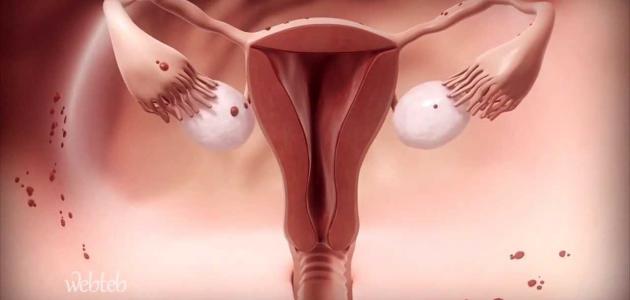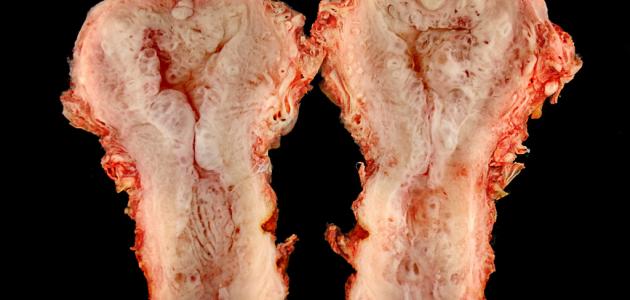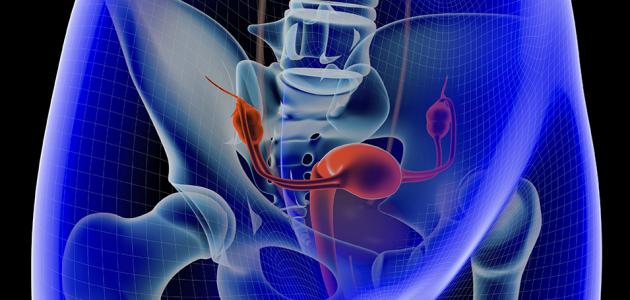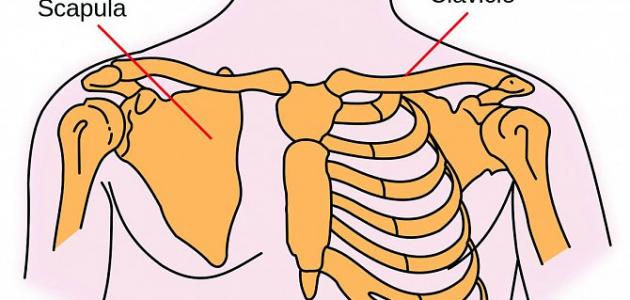Contents
What is uterine congestion
In the past, it was believed that 30% of women will suffer from uterine congestion in their lives because of their thinking about pain, but with the development of modern medicine, the heads have proven that pain in the pelvis and lower abdomen is mainly caused by arteries expanding inside the pelvis in women, which is called uterine congestion.
Causes of uterine congestion
The emergence of varicose veins in the veins and arteries around the ovaries and the pelvic region, so that these veins expand and enlarge, and the failure of these veins to return blood, which causes pain, and may not have symptoms at first. About 15% of females develop varicose veins in the pelvis without knowing there are no symptoms.
Diagnosis of uterine congestion
Uterine congestion is diagnosed through the doctor doing a clinical examination of the patient to detect the presence of varicose veins in the pelvic area, and through ultrasound and magnetic images of the pelvis and ovaries to detect dilated arteries.
Symptoms of uterine congestion
- Severe and bothersome pain in the pelvis, lower abdomen and back.
- A nagging pain after sexual intercourse.
- The occurrence of severe pain during the menstrual cycle.
- When doing strenuous work for long periods of time, pain occurs in the lower back and abdomen.
- During pregnancy.
- Abnormal vaginal bleeding and secretions.
- Varicose veins on the buttocks and thighs.
- The urge to urinate frequently with an itchy bladder.
- When standing for long hours, it causes pain in the pelvic area.
Treating uterine congestion
The first method : It is done through the interventional radiologist by closing the vein affected by varicose veins without surgery, by inserting a catheter tube through the vein in the arm to reach the congested vein through radiation, and the closure is done by injecting solid materials into the affected vein to close it, and this process It only takes a few minutes and the patient is discharged from the hospital after a quarter of a commodity from the operation, and the success rate of the operation is 90%.
The second method : The treatment is also done by giving the patient medicines medroxyprogesterone acetate, which leads to the cessation of the menstrual cycle, but the pain may return when stopping the treatment, so the first method is easier and more reliable.
















